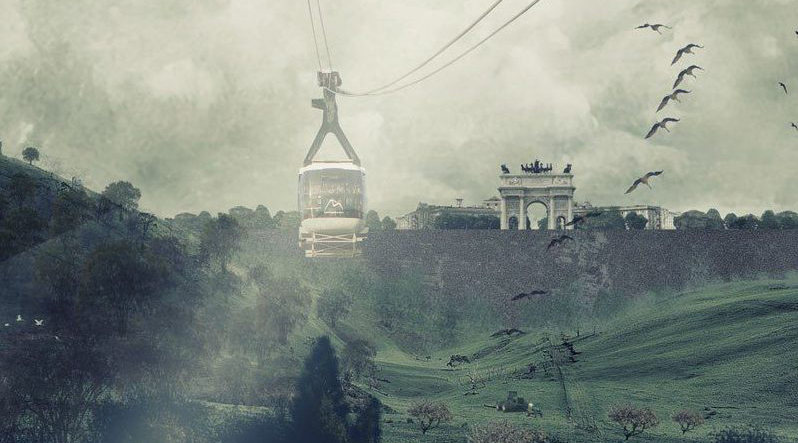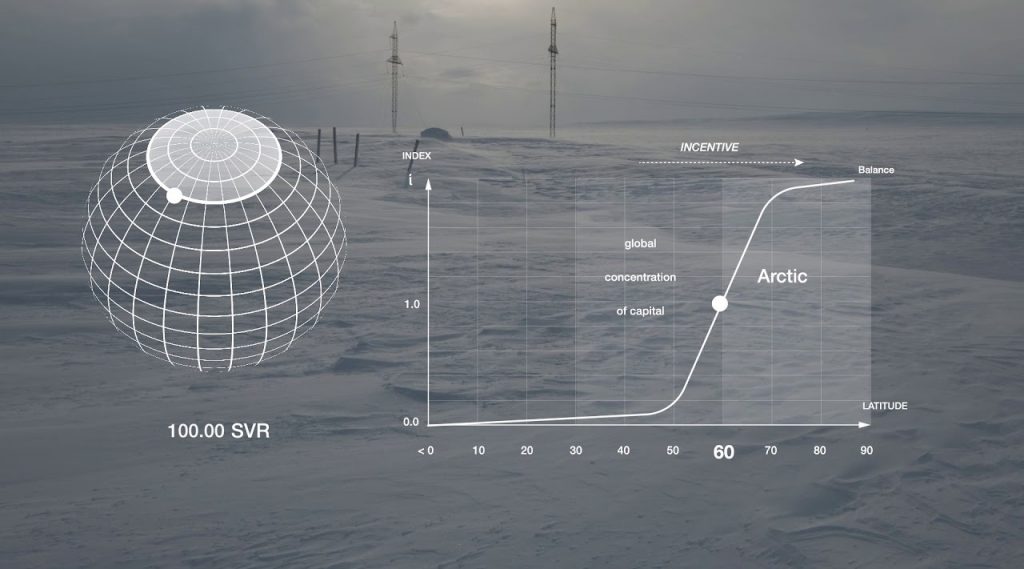EDITOR’S NOTE: Over the few days preceding the publishing of this feature, more than 200 migrants are believed to have lost their lives in the Mediterranean. In a concerted effort to deter flows of migration from the Central Mediterranean route since late 2016, European authorities—particularly the Italian government—have simultaneously organized a targeted campaign to delegitimize and criminalize NGO rescue ships and close off Italian ports to them, implemented policies that expand the Search And Rescue (SAR) zone of Libya preventing EU and NGO vessels from operating to help people in distress in these areas, as well as provided equipment and other material, technical, and political resources to the Libyan coastguard. As a result of such procedures, more people are brought back into overcrowded Libyan detention camps where human rights are notoriously violated on a regular basis. Moreover, and due to legal restrictions, all main NGO-operated vessels are currently stranded in European ports, warning of a potential increase in deaths at sea. This video by Forensic Oceanography and Forensic Architecture—investigative practices established and based at Goldsmiths, University of London—revolves around a case about The Iuventa, the German rescue ship that was seized by Italian authorities in August 2017 under the suspicion of having colluded and collaborated with smugglers. By utilizing architecture representation tools as analytic method, the project reconstructs events into a counter-investigation of the official narrative and allegations against members of the vessel’s crew that they have collaborated with smugglers to coordinate the transfer of migrants onto their ship and return empty boats for re-use. The video is part of a larger report on “Blaming the Rescuers” that seeks to refute accusations against non-governmental organizations of “colluding with smugglers” and unwillingly encouraging migrants to make risky crossings.



